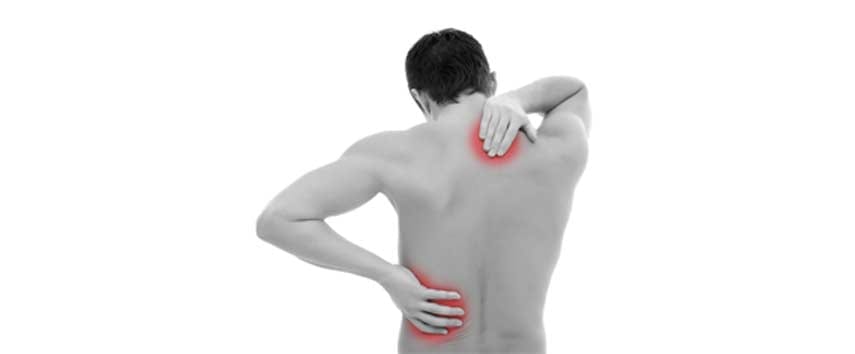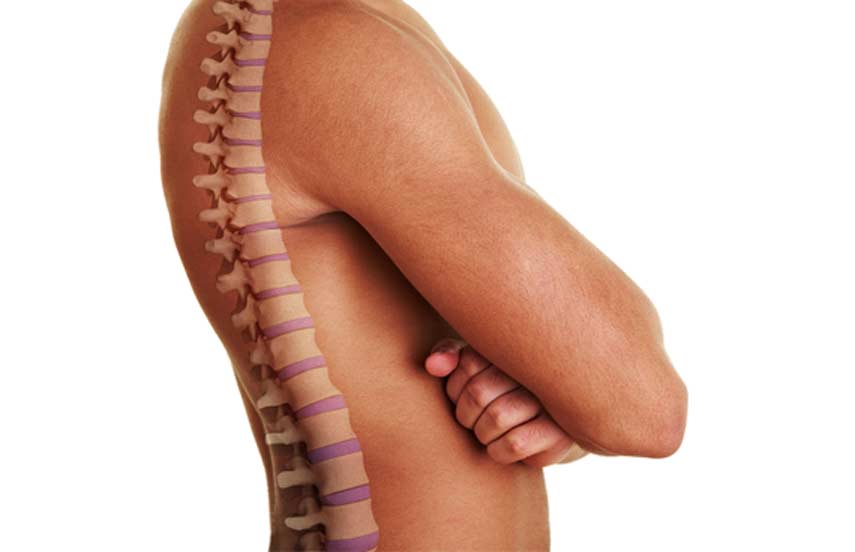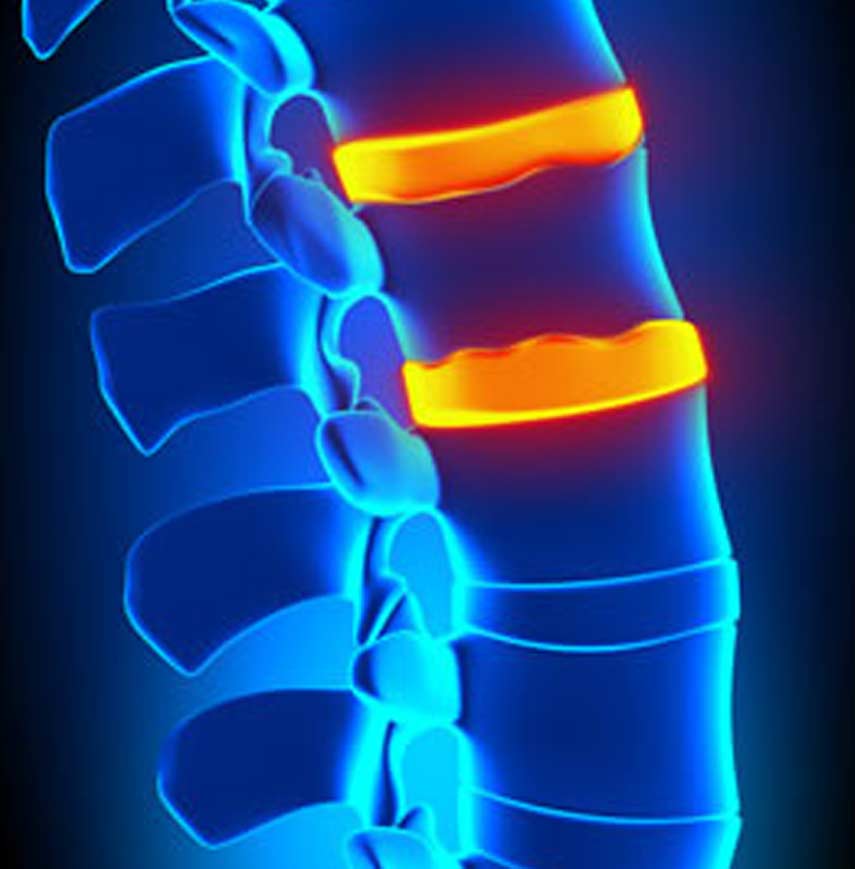
Back pain is something that most people experience at least once in life. In some cases, the cause of this pain is not easy to diagnose.
In these cases, the doctor may recommend certain tests to narrow down the cause. Discography is one of the diagnostic tests that doctors might recommend.
Why It is Done
This test is typically only performed after other tests have not provided enough information. This is because discography is an invasive test. This test may also be done if patients are prescribed physical therapy and medication that are not helping their condition.
In some cases, this test is used as part of pre-surgical testing. For example, if someone is scheduled to have spinal fusion surgery, this test might be performed to determine which spinal disks have to be removed.


Preparation
The doctor will provide patients with full preparation instructions. The night before the test, patients may be asked to avoid drinking and eating. If someone takes blood thinners, they may need to not take them temporarily to reduce the risk of bleeding during and after discography.
Procedure
Patients are awake during this procedure. However, the doctor may provide a sedative via IV to relax the patient and promote comfort. It is also possible to receive an antibiotic before the procedure to reduce the risk of infection. This test takes approximately 30 to 60 minutes.
For the procedure, patients lie on their side or abdomen. The skin is cleaned, and the doctor administers a numbing medication to reduce the patient’s discomfort. Fluoroscopy is used to guide the needle to the exact spot. Once the needle is in place, a dye is injected. A CT scan or X-ray is then taken to visualize the disks that the doctor suspects could be the source of a patient’s pain.
Risks and Recovery
Since this test is invasive, there are some possible risks that patients should know about. These include:
- Chronic back pain gets worse
- Blood vessel or nerve injuries
- Infection
- Headache
- The dye may cause an allergic reaction
Most people go home the day of their discography. Following the test, it is common to remain in recovery for about one hour so that the patient can be observed. Someone will need to drive the patient home since sedatives are commonly given before the procedure.
At the injection site, it is possible to have some pain for several hours. Doctors often recommend using ice for 20-minute increments to help alleviate this discomfort. For the 24 hours following discography, patients should keep their back dry.
The doctor will have the patient schedule a follow-up appointment. At this appointment they will get the results of the test and receive further instructions. It is not uncommon for a CT scan or MRI to be performed after getting the results of discography.

